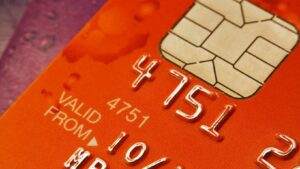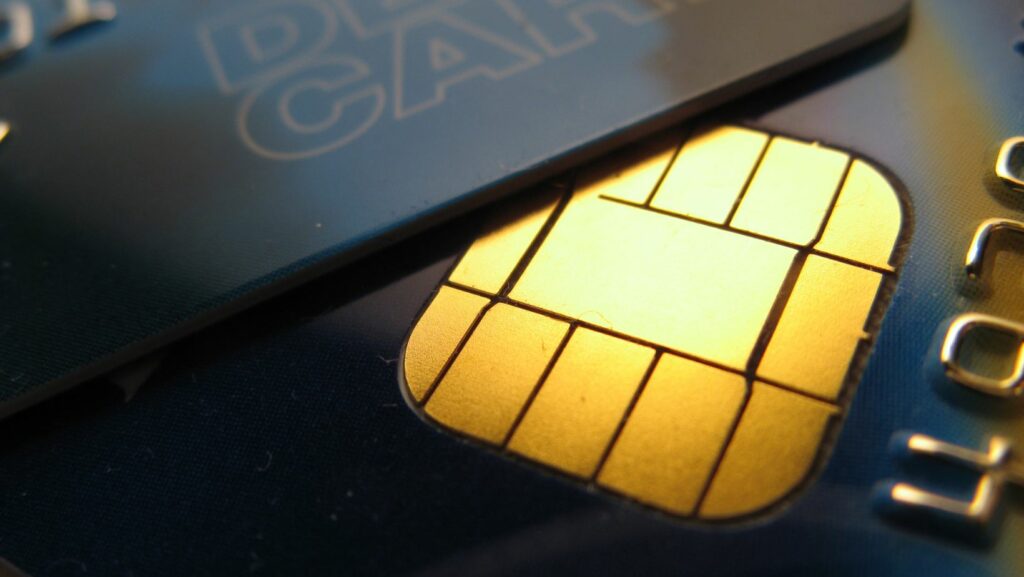In the ever-evolving landscape of digital transactions, chip and pin technology stands out as a cornerstone of modern financial security. This innovative system, which combines a microchip embedded in debit and credit cards with a personal identification number (PIN) required for transactions, has significantly shifted how consumers and businesses approach payments. Its introduction marked a pivotal moment in the pursuit of safer, more secure transactions, reducing fraud and enhancing user confidence.
Chip and PIN Technology
The Basics of Chip and PIN
 Chip and PIN technology refers to a secure method of conducting transactions using a credit or debit card containing a microchip. This chip is embedded in the card and works in conjunction with a personal identification number (PIN) that the cardholder enters during the transaction process. Unlike traditional magnetic stripe cards, chip and PIN cards generate unique transaction codes for each purchase, making it extremely difficult for fraudsters to replicate or use the card information for unauthorized transactions. This technology has become a global standard for card security, especially in Europe and Canada, with increasing adoption rates in the United States.
Chip and PIN technology refers to a secure method of conducting transactions using a credit or debit card containing a microchip. This chip is embedded in the card and works in conjunction with a personal identification number (PIN) that the cardholder enters during the transaction process. Unlike traditional magnetic stripe cards, chip and PIN cards generate unique transaction codes for each purchase, making it extremely difficult for fraudsters to replicate or use the card information for unauthorized transactions. This technology has become a global standard for card security, especially in Europe and Canada, with increasing adoption rates in the United States.
A chip and PIN transaction involves inserting the chip card into a payment terminal, then typing in a PIN. This process enhances security by ensuring that the card is present at the time of the transaction and that the individual conducting the transaction is authorized to do so. The microchip in the card also has the capacity to store data securely, adding an extra layer of protection against data breaches.
How Chip and PIN Enhances Security
The introduction of chip and PIN technology has significantly enhanced the security of financial transactions by addressing vulnerabilities inherent in magnetic stripe cards. The microchip embedded in chip and PIN cards is nearly impossible to clone, a common practice with magnetic stripe cards where fraudsters create counterfeit cards with stolen card data.
Every transaction made with a chip and PIN card generates a unique encryption, meaning even if transaction data is intercepted, it cannot be reused for fraudulent purposes. This effectively reduces the likelihood of counterfeit fraud. Moreover, the requirement for a PIN adds a critical layer of authentication that must be met before a transaction is approved, providing protection against lost or stolen cards being used fraudlily.
The Evolution of Chip and PIN Technology
The journey of chip and PIN technology has been groundbreaking in advancing financial transaction security. Initially introduced to combat rising fraud rates, this technology quickly became the gold standard for securing digital payments. It replaced the magnetic strip, highly susceptible to cloning and fraud, with a microchip that generates unique transaction codes, making it infinitely more secure.
The Benefits of Using Chip and PIN Technology
 The advantages of chip and PIN technology aren’t just limited to enhancing financial security. This system, integrating a secure microchip with a personal identification number, plays a pivotal role in safeguarding transactions. First and foremost, it drastically curtails the likelihood of card fraud. By generating one-time transaction codes that are nearly impossible to replicate, chip and PIN technology makes unauthorized access to financial information considerably more challenging.
The advantages of chip and PIN technology aren’t just limited to enhancing financial security. This system, integrating a secure microchip with a personal identification number, plays a pivotal role in safeguarding transactions. First and foremost, it drastically curtails the likelihood of card fraud. By generating one-time transaction codes that are nearly impossible to replicate, chip and PIN technology makes unauthorized access to financial information considerably more challenging.
Moreover, this technology fosters a higher level of consumer confidence. Knowing transactions are protected by this advanced security measure, consumers feel more secure when making purchases, whether in store or online. This sense of safety is crucial for maintaining trust between financial institutions and their clients.
Additionally, chip and PIN technology streamlines the payment process. Unlike traditional methods that rely on signatures, entering a PIN is quick and straightforward, offering a more efficient checkout experience.
Challenges and Criticisms of Chip and PIN
Despite the benefits, chip and PIN technology faces challenges and criticisms. A primary concern is compatibility issues, particularly in regions slow to adopt this technology. International travelers sometimes find their chip and PIN cards incompatible with local systems. Additionally, concerns about data privacy and security persist. Skilled fraudsters can potentially exploit vulnerabilities in the system, such as intercepting data during transactions. Critics also argue that the technology shifts fraud liability from banks to consumers, who must prove their PIN was not negligently shared.


